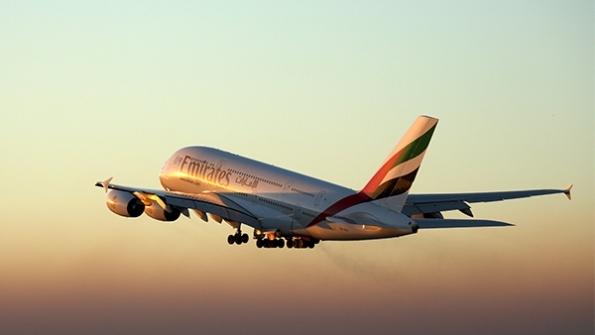Emirates Needs All Its A380s To Reach Pre-Pandemic Level Service, Clark Says

Credit: Rob Finlayson
DUBAI—Emirates’ refurbished and retrofitted fleet will have to operate longer as delivery delays for new aircraft remain a detriment to having a large fleet available. “The availability of manufacturers to deliver to a schedule, that’s history,” Emirates Airline President Sir Tim Clark told Aviation...
Subscription Required
This content requires a subscription to one of the Aviation Week Intelligence Network (AWIN) bundles.
Schedule a demo today to find out how you can access this content and similar content related to your area of the global aviation industry.
Already an AWIN subscriber? Login
Did you know? Aviation Week has won top honors multiple times in the Jesse H. Neal National Business Journalism Awards, the business-to-business media equivalent of the Pulitzer Prizes.





